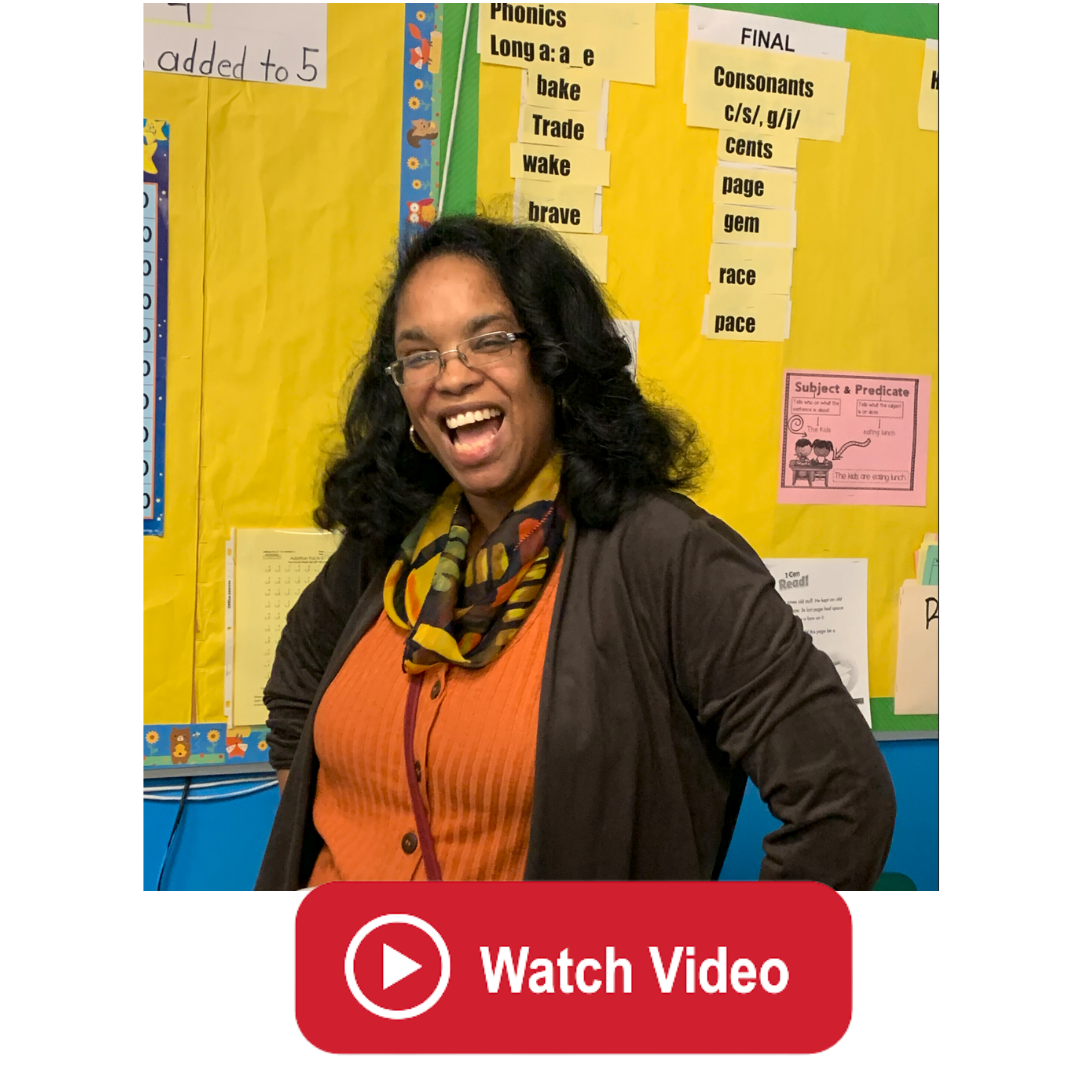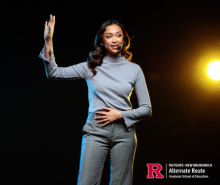Teaching Thanksgiving the Culturally Responsive Way
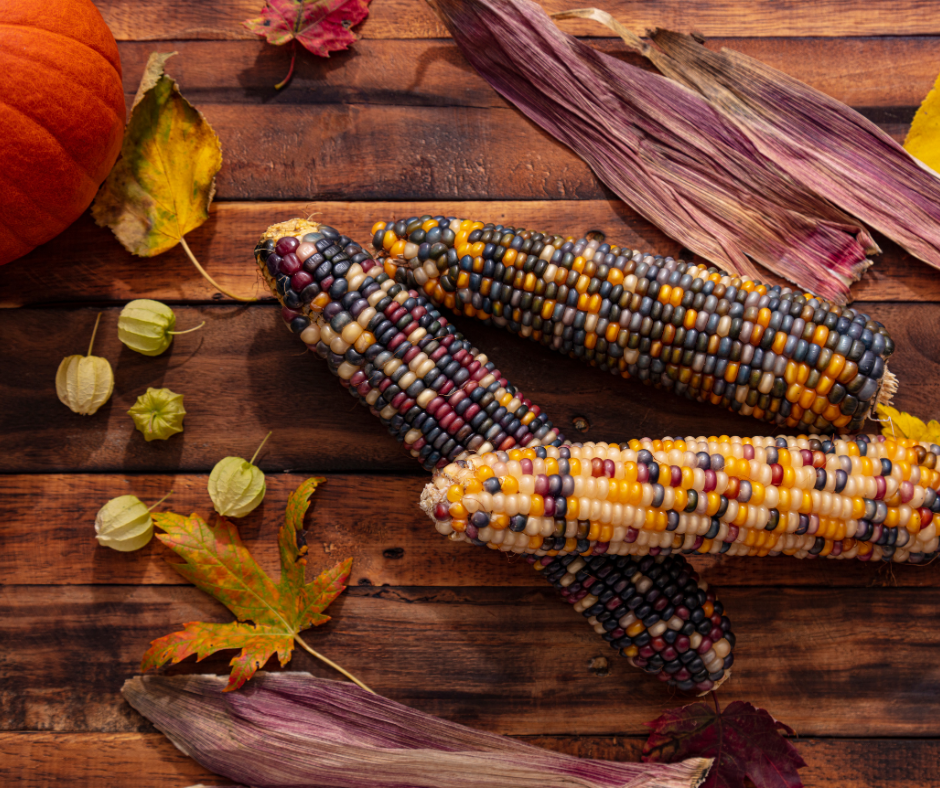
Culturally responsive teaching is a pedagogy strategy that considers every student’s background and culture. In New Jersey, culturally responsive teaching has increased representation for the state’s AAPI community, and measures are in place to boost representation and cultural sensitivity in schools.
Research shows that students with a culturally responsive teacher have better academic outcomes. Additionally, a culturally responsive classroom helps raise awareness surrounding racism and discrimination, connects students with their cultures and encourages ethnic-racial identity development.
Thanksgiving is one of many historical observances that benefit from culturally responsive teaching. Many people were taught that the Pilgrims landed at Plymouth, were taken in by a Native American tribe and celebrated a large feast to represent unity.
What we were taught, however, perpetuates many myths and leaves out important—and devastating—facts.
In this blog, we will address the historical inaccuracies shared during this time of year, as well as provide resources to teach Thanksgiving in a culturally responsive way.
Thanksgiving myths and facts
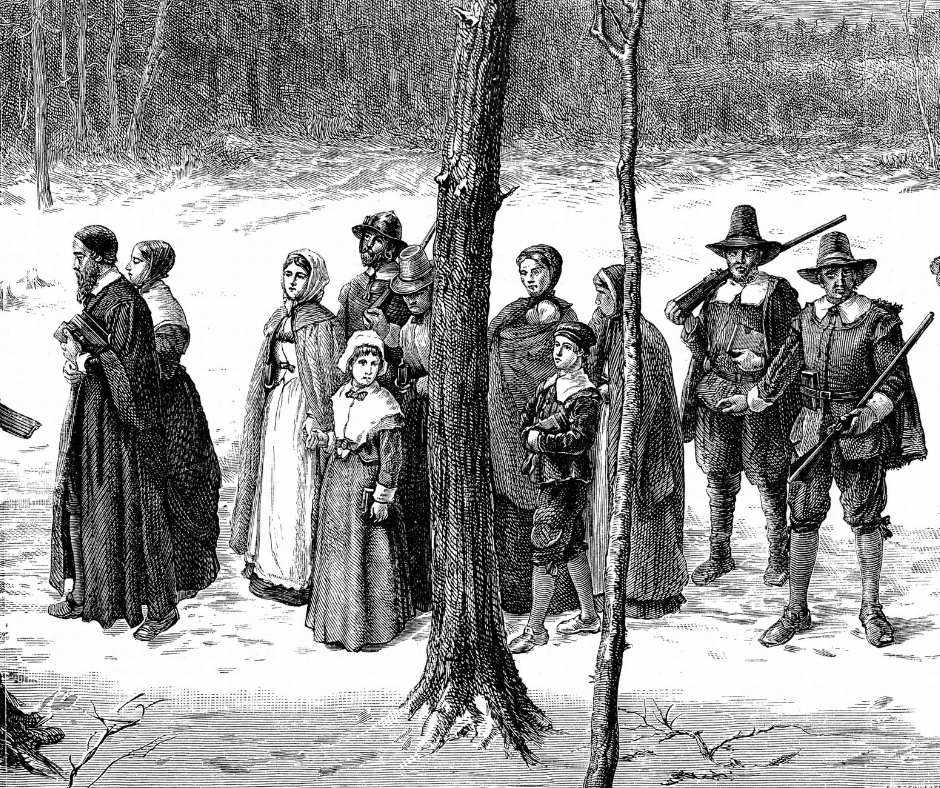
In order to present Thanksgiving’s accurate events, it is important to deconstruct the information once presented to us as fact. The below myths and facts help determine what is true and what is false about the Thanksgiving story.
Myth: The arrival of The Mayflower was the introduction between the Pilgrims and Native Americans
Europeans had already initiated contact with the Wampanoag tribe through violent slave raiding. When The Mayflower arrived, there were at least two Wampanoag tribe members that spoke English, due to traveling to Europe and back.
Myth: The Wampanoag tribe wanted to help the Pilgrims
Wampanoag leader Ousamequin chose to welcome the Pilgrims as a strategy. At the time, his tribe was weak and had lower numbers due to coming in contact with disease. He thought an alliance would help strengthen the tribe and protect against rivals.
Myth: The feast between the Pilgrims and Wampanoag tribe is where Thanksgiving stemmed from
Annual harvests are a tradition in Native American communities, and the Wampanoag’s annual harvest is what the Pilgrims experienced. In reality, a loose version of Thanksgiving was established in 1637 by Massachusetts Bay Governor William Bradford. Instead of commemorating a shared feast, the observance celebrated the Anglo-Pequot War, where armed soldiers surrounded the Pequot village and set it on fire, shooting anyone who tried to escape. During the two-year war, 700 Pequot people were killed or enslaved, with the tribe eventually being eliminated.
Myth: The Pilgrims wore black and white clothing with stovetop hats and buckled shoes
Pilgrim imagery we know today is actually modeled off of Puritan dress. The Pilgrims wore earth tones that reflected their English landscapes and rarely donned black and white.
Fact: The relationship between the Pilgrims and the Wampanoag ended violently
King Philip was the son of one of the Wampanoag men who had greeted the Pilgrims when they arrived. King Philip’s War stemmed from 50 years of colonial and Wampanoag tensions, as Europeans continued to colonize Native American land and exploit resources. In 1675, colonists executed three of King Philip’s warriors, who were found guilty of the murder of John Sassamon, a member of the Massachusett tribe who converted to Christianity. This was the catalyst to King Philip’s War.
Fact: Abraham Lincoln issued a proclamation that established Thanksgiving as a national holiday
Lincoln established the last Thursday of November as Thanksgiving, with Franklin D. Roosevelt changing it to the third Thursday in November.
Fact: The Wampanoag people regret helping the Pilgrims
For existing members of the Wampanoag tribe, Thanksgiving represents a day of mourning for their people. The tribe once had up to 100,000 people across 69 villages, however, ongoing genocide at the hands of Pilgrims and other European settlers diminished their numbers to 2,800.
Culturally responsive Thanksgiving resources
Breaking down what is traditionally taught about Thanksgiving is admittedly a challenging task. That’s why knowing where to go for accurate resources is important for educators.
The following resources were carefully chosen to help enhance how educators can engage with Thanksgiving's events in a culturally responsive way.
Articles and guides
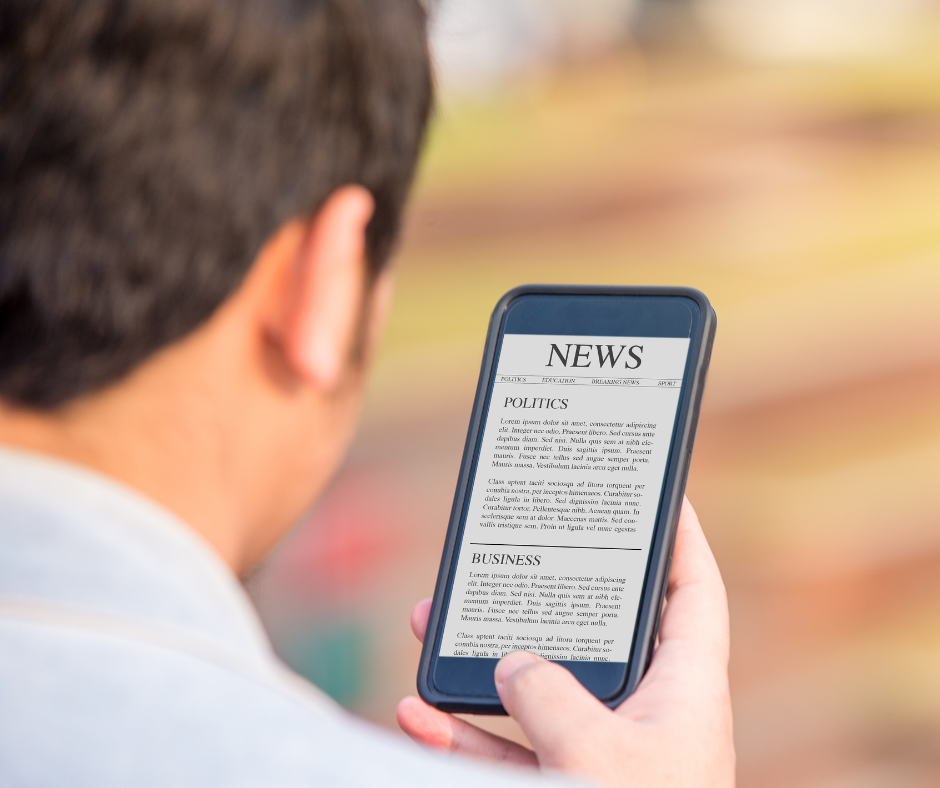
Native educators say Thanksgiving lessons can be accurate, respectful, and still fun—here’s how
The National Education Association (NEA) spoke with Dr. Star Yellowfish on how to teach Thanksgiving from a Native American perspective. Dr. Yellowfish is the director of Native American student services for Oklahoma City Public Schools and a member of the Keetowah Cherokees. In addition to Dr. Yellowfish’s perspective, the NEA provides book recommendations, printables and lessons from a Native American perspective.
A Teacher’s Guide to Teaching Thanksgiving Responsibly
Classroom for Change’s mission is to bring about positive change through education. Part of encouraging positive change is reframing how Thanksgiving is taught in classrooms. In this guide, teachers learn six ways to support Native American communities and promote responsible teaching, as well as resources to support lesson planning.
Five Ideas to Change Teaching About Thanksgiving, in Classrooms and at Home
Smithsonian Museum educator Renée Gokey shares five tweaks educators can easily incorporate into Thanksgiving instruction. Also incorporated in the article are a couple of videos, as well as linked resources to explore additional information.
Teaching Thanksgiving in a Socially Responsible Way
Learning for Justice provides resources educators can use to infuse the spirit of activism and advocacy into the classroom. Its article on teaching a socially responsible Thanksgiving lesson explains the importance of socially responsible education and provides additional resources to inform educators’ lesson plans.
A Guide to Teaching Elementary Students About Thanksgiving
Thanksgiving’s history includes incredibly violent imagery that younger learners may not be ready for. So, how do we teach elementary students culturally responsible history that is also age-appropriate? This article goes through examples of how to navigate this topic responsibly for young learners.
Culturally Responsive Ways to Teach the History of Thanksgiving
Eduptopia provides middle and high school educators with steps on how to introduce historically accurate and culturally responsible Thanksgiving lessons.
Rethinking Thanksgiving Celebrations: Native Perspectives on Thanksgiving
The National Museum of the American Indian provides a roundup of resources that teach Thanksgiving through Native perspectives.
Videos
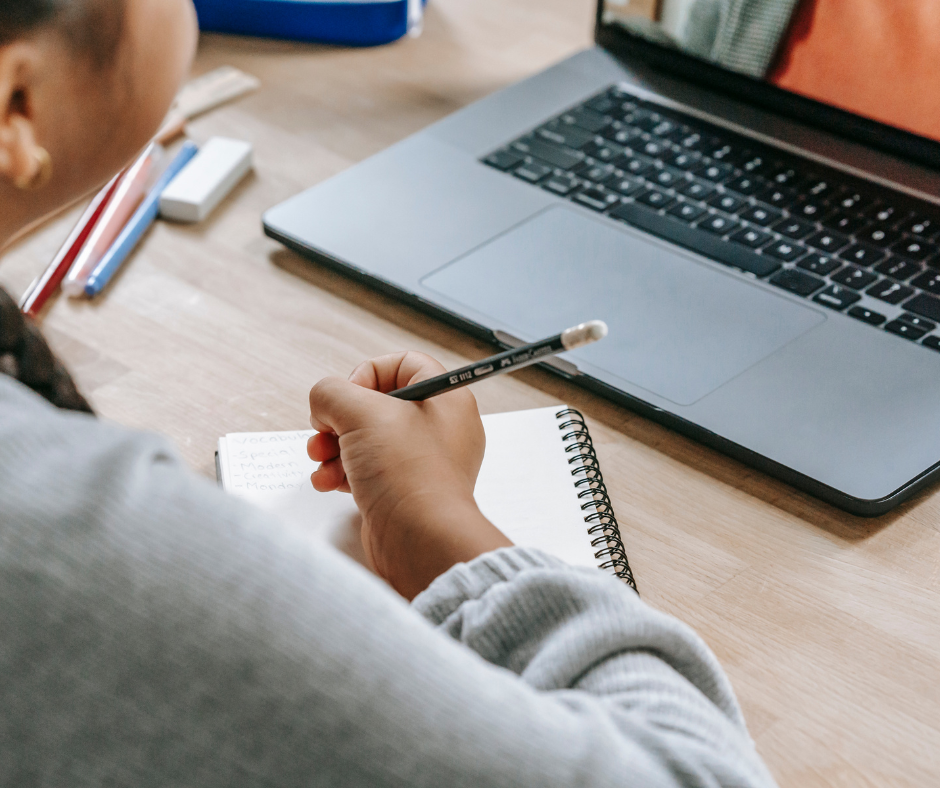
Teaching the Real Lessons of Thanksgiving
This video goes over the importance of teaching Thanksgiving the culturally responsible way by sharing perspectives of teachers who were inaccurately taught and highlighting how American culture still engages with anti-Native American ideas.
7 Things Teachers Need to Avoid When Teaching About Thanksgiving
One thing people associate with Thanksgiving in school is dressing up. However, that is a big item teachers need to avoid because it is historically inaccurate and culturally insensitive. This is one of seven things discussed in this video to remove from Thanksgiving instruction.
Culturally Responsive Thanksgiving PD
This professional development video reminds educators of the Maya Angelou quote “When you know better, do better,” then jumps into a pre-assessment to help educators determine how much they know about accurate Thanksgiving history.
6 Tips to Help You Celebrate Thanksgiving Mindfully
There’s actually no rule that educators have to celebrate Thanksgiving. That’s one of the six tips shared in this video. Other tips include focusing on food and exploring modern Thanksgiving traditions, like a football game or turkey trot.
Podcasts
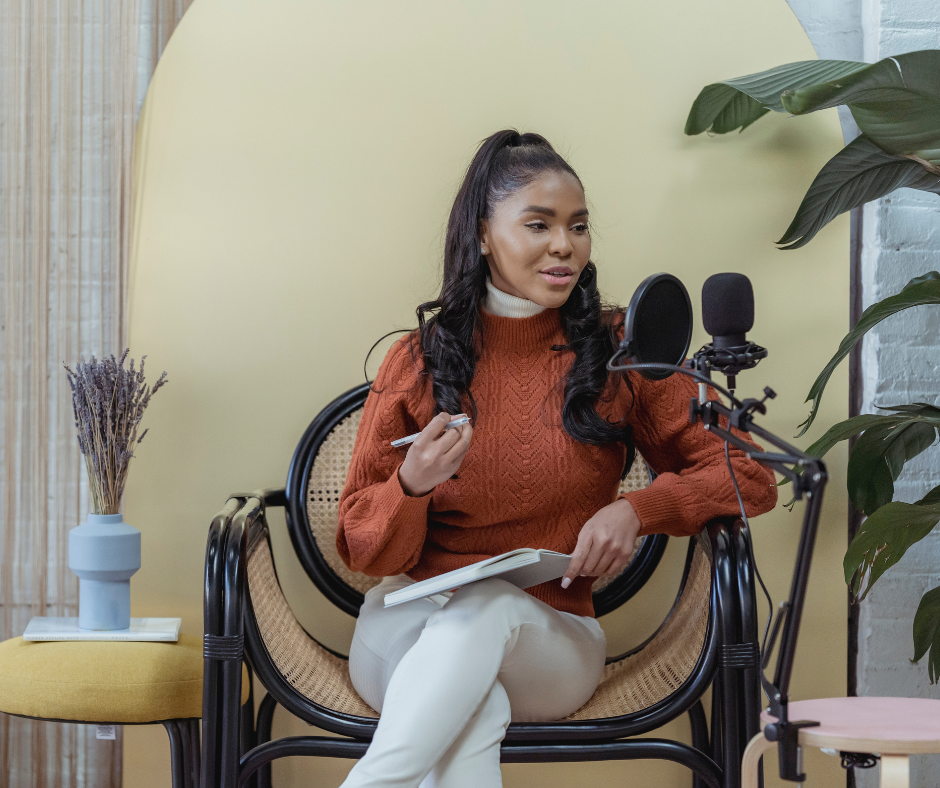
To observe Thanksgiving’s 400th anniversary, The Washington Post interviewed existing members of the Wampanoags tribe to get their perspective on the holiday.
How Black Teachers Can Tell the Truth About Thanksgiving
Learn why Thanksgiving has so much misinformation surrounding it and how the truth is much different than what is historically taught in schools. Additionally, the episode provides resources and tips on how to teach accurate history and honor the contributions of Native Americans.
The First Thanksgiving: The Real Story
Our American Stories interviews Robert Tracy McKenzie, who is a history professor at Wheaton College and the author of The First Thanksgiving. McKenzie shares a historically accurate retelling of Thanksgiving’s events.
Rethinking Race + Thanksgiving with Dr. Crystal Fleming
Dr. Crystal Fleming is a sociologist at Stony Brook University and the author of How to Be Less Stupid About Race. Dr. Fleming discusses celebrating a holiday that erases atrocities and downplays Native American contributions.
“Thanksgiving” to Black Friday: Deconstructing America’s History + Future
This podcast features the perspectives of four Indigenous and Black activists and educators as they deconstruct Thanksgiving and discuss how they navigate the holiday.
The Real History of the First Thanksgiving
Historian David Silverman tells the Thanksgiving story from the Wampanoag perspective in his book, This Land is Their Land. This podcast interview goes over some key themes in the book.
If you’re considering following your dream of teaching, Rutgers Alternate Route can offer you the support and training you need to succeed. Be sure to follow Rutgers Alternate Route on Twitter or sign up for Alternate Route’s monthly newsletter for more information and stories from the field of education.

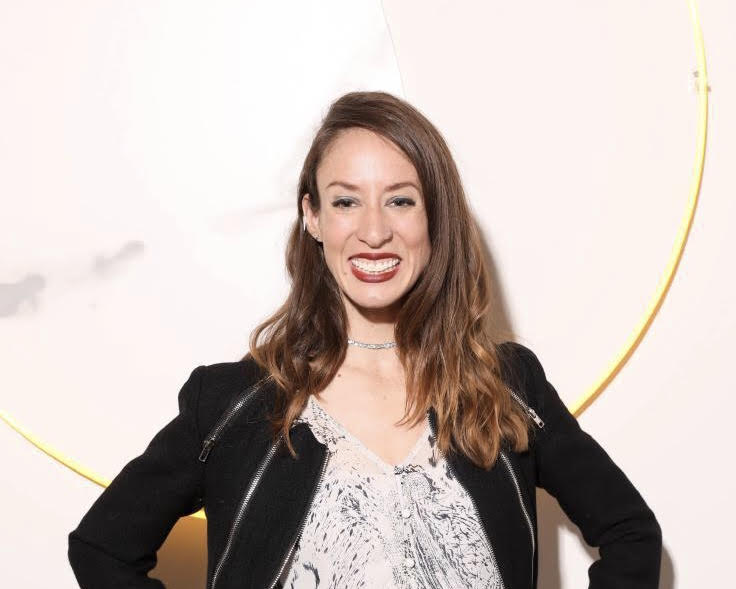 Lindsay Patton is a digital communications professional who specializes in social media, writing, digital marketing, e-commerce, podcasting and other content-focused endeavors. Since 2019, she has assisted Alternate Route with its marketing strategy to help the program reach new audiences. As a result of this collaboration, Alternate Route has introduced Lindsay to many of New Jersey's talented educators, who have had a direct influence on her own classroom strategies as an adjunct professor. She is grateful for the opportunity to create meaningful content that helps increase equity within classrooms and is inspired by Alternate Route's hardworking team.
Lindsay Patton is a digital communications professional who specializes in social media, writing, digital marketing, e-commerce, podcasting and other content-focused endeavors. Since 2019, she has assisted Alternate Route with its marketing strategy to help the program reach new audiences. As a result of this collaboration, Alternate Route has introduced Lindsay to many of New Jersey's talented educators, who have had a direct influence on her own classroom strategies as an adjunct professor. She is grateful for the opportunity to create meaningful content that helps increase equity within classrooms and is inspired by Alternate Route's hardworking team. 